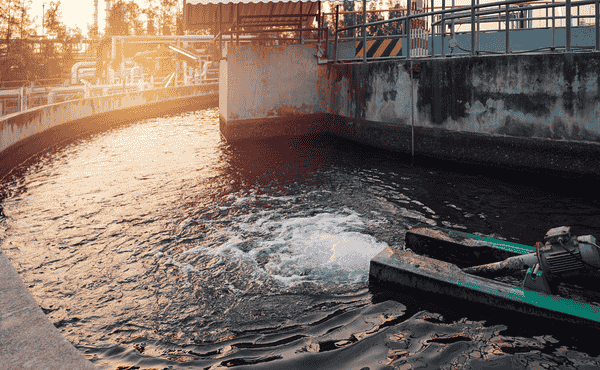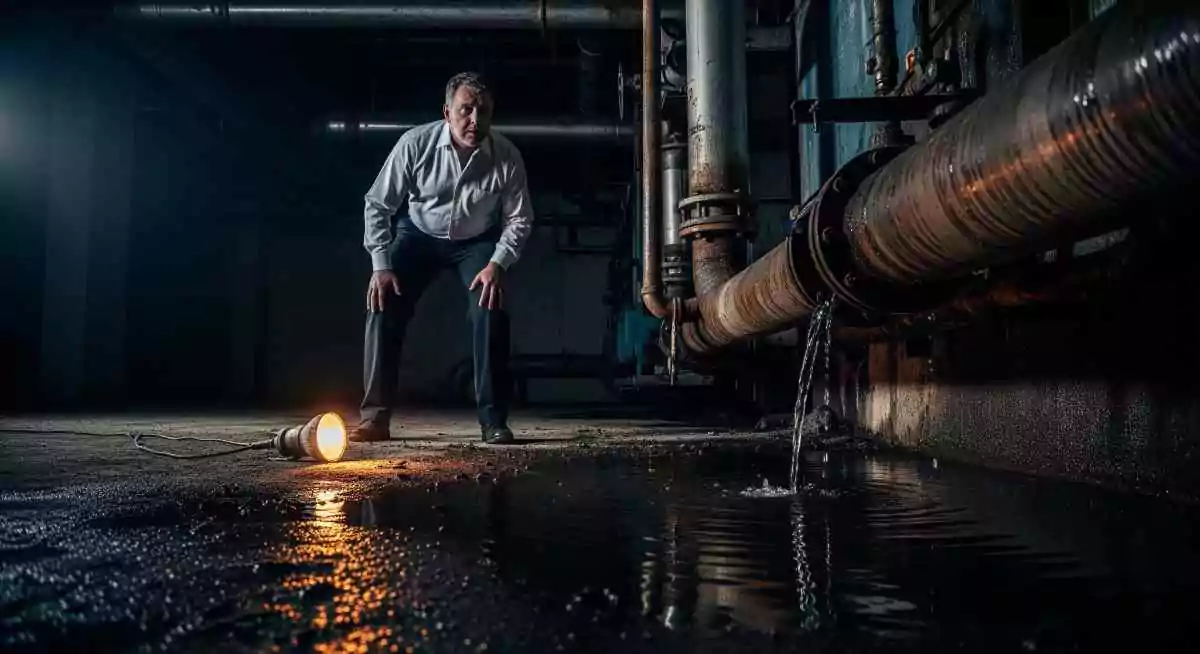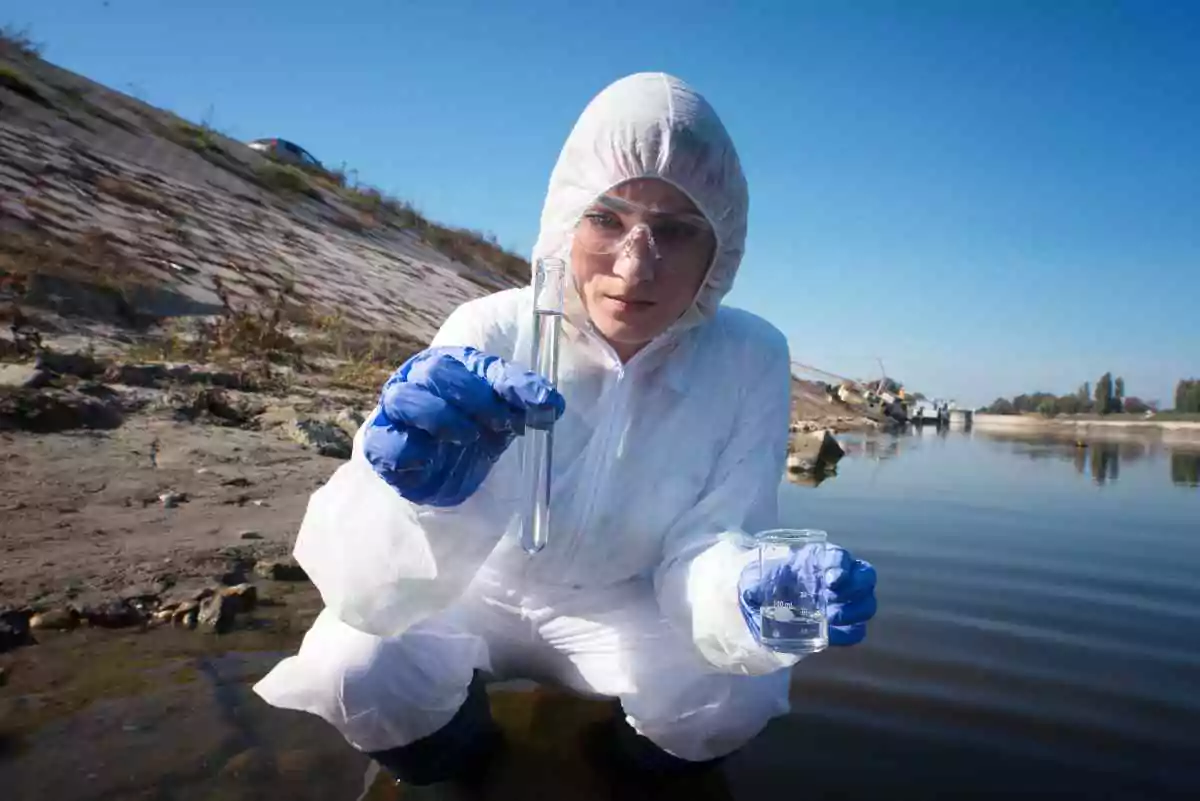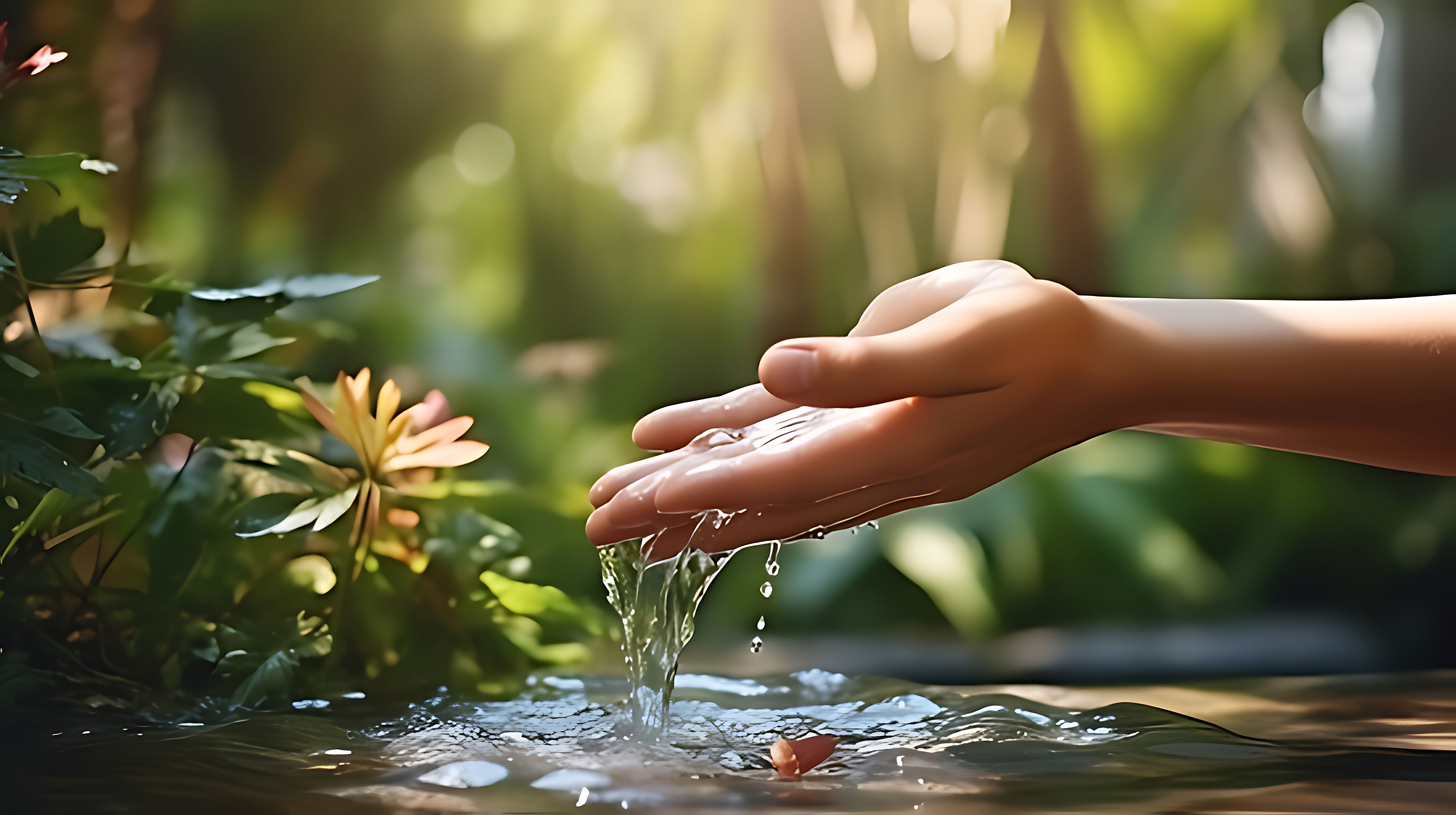Home Water Testing
- 18 June, 2025
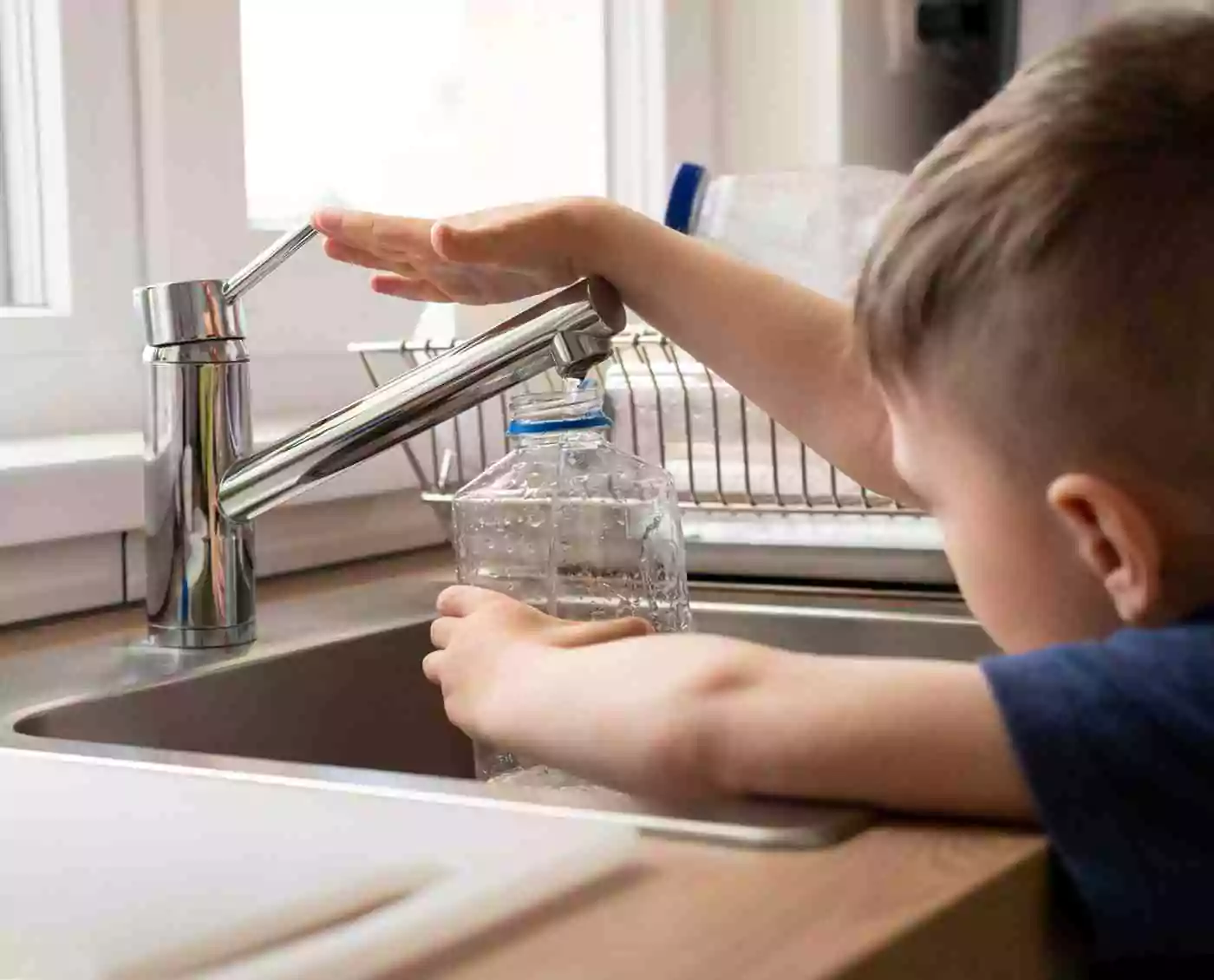
Clean, safe water is essential for human health. Whether your household is on municipal supply or relies on a residential well water source, ensuring water quality is critical. Many homeowners overlook routine testing until problems arise, such as bad taste, stains, or health issues. Regular home water testing can help detect contaminants early, protect your family, and prevent damage to your plumbing and appliances.
In this comprehensive guide, we will explore how to test for water, including hard water tests, water tests for well water, and where to find reliable water testing labs near you. We'll cover DIY methods, when to use professional services, and tips specific to residential well water. By the end, you'll be equipped to take control of your household’s water quality.
What is the Need for Home Water Testing?
- Contaminants and pollutants: Lead, nitrates, arsenic, bacteria, pesticides, and industrial chemicals can infiltrate water sources.
- Hard water: Characterized by high levels of calcium and magnesium, which can damage appliances, reduce soap effectiveness, and cause scale buildup.
- Microbial contamination: Especially in well water, bacteria such as E. coli and coliform can pose serious health risks.
- pH and corrosiveness: Water that is too acidic or alkaline can corrode plumbing and leach metals into your water supply.
- Location-based contamination: Proximity to agricultural areas or industrial sites can introduce nitrates or chemicals.
- Aging infrastructure: Old well casings or seals can allow surface runoff and microbial entry.
- Seasonal shifts: Rainfall or drought conditions can alter groundwater quality.
Common Water Concerns
Specific Risks with Residential Well Water
Experts often recommend testing residential well water more frequently – at least annually, or whenever there are changes in taste, odor, or appearance.
The Role of Hard Water Tests
Even if your water appears clear, high hardness levels can silently degrade plumbing and reduce the lifespan of water heaters and dishwashers. Hard water tests help you quantify calcium and magnesium content.
If levels exceed approximately 7 grains per gallon, softening or treatment may be necessary.
DIY Water Testing Methods
For routine checks, home water testing kits are affordable and convenient.
They won’t replace professional-level accuracy, but they’re a solid first step.
- Test Strips: Simple, one-time-use strips that change color when exposed to various chemicals. Commonly test pH, hardness, chlorine, nitrates, nitrites, and bacteria (though bacteria results are less reliable). Not highly precise, but helpful for detecting obvious issues.
- Liquid or Tablet Kits: Use reagents and a color comparison chart for results. More accurate than strips and can test for additional contaminants like iron or copper.
- Electronic TDS Meters: Measures total dissolved solids (TDS), indicating overall water quality. Higher TDS doesn’t specify contaminants but gives a quick snapshot.
- Look for kits certified by organizations such as NSF International or the EPA.
- Choose kits that specifically test for concerns in your area (e.g., radon, arsenic).
- Compare detection thresholds; some kits detect very low concentrations, others do not.
- Read instructions from the kit provider.
- Collect water from your tap or well after flushing for 2–3 minutes (important for well systems).
- Dip or add the reagent, and wait the prescribed time.
- Compare results to the color chart or meter reading.
- Record your findings for future comparison.
Types of DIY Test Kits
How to Select a Kit
Sample DIY Water Testing Procedure
DIY tests won’t replace a water testing lab, but they can alert you to immediate issues and whether further testing is warranted.
Professional Lab Water Testing
For precise and legally recognized results, send samples to a certified water testing lab.
- Microbial analysis: Includes coliform, E. coli, and pathogens.
- Inorganic chemicals: Arsenic, lead, nitrate, fluoride, iron, manganese.
- Organic chemicals: Pesticides, solvents, VOCs.
- Mineral and general parameters: Calcium, magnesium, sodium, hardness, pH, alkalinity.
- Local health department recommendations
- Agricultural extension offices
- NSF or state-certified laboratories
- Independent environmental testing firms
- You detect abnormalities in water—taste, odor, color.
- Your well water is near farms, septic systems, or industrial sites.
- You have infants, pregnant women, the elderly, or immunocompromised individuals in the household.
- You’ve relied on DIY kits but want accurate, certified results.
Standard Lab Tests
Labs provide numeric output concerning EPA or WHO standards, typically within a few days to a week.
Find Nearby Water Testing Labs
When to Choose Lab Testing
Testing Specifically for Well Water
- At least once a year, for bacteria, nitrates, and general water chemistry.
- After heavy rainfall or flooding events.
- Whenever there are changes in water clarity, odor, or flow.
- Bacteria (coliform/E. coli)
- Nitrates/nitrites (fertilizer runoff or septic seepage)
- Total dissolved solids (TDS)
- Hardness levels (calcium/magnesium)
- pH and alkalinity
- Arsenic, lead, fluoride, and VOCs were geographically relevant
- Start with a home kit for basic screening (hardness, pH, TDS).
- If issues appear, take water to a certified lab for detailed well water analysis.
- Repeat annually or after major supply changes.
Recommended Well Water Testing Frequency
Key Parameters to Test in Well Water
DIY + Lab Combo Strategy
Hard Water Tests in Depth
Hard water contains dissolved minerals – primarily calcium and magnesium – that cause scale buildup on fixtures and reduce cleaning efficiency.
- The interior scale in heaters reduces efficiency and lifespan
- Dry skin and dull hair after bathing
- Residues on dishes and glassware
- Clogged pipes and appliance wear
- DIY kits measure hardness in grains per gallon (gpg) or ppm.
- Professional labs quantify in mg/L (ppm) or gpg. A hardness above 120 mg/L (7 gpg) is considered hard.
- Confirm hardness levels with DIY and lab tests.
- Consider softening methods: Ion-exchange softeners, Salt-free conditioners, Reverse osmosis systems
- Balance costs and needs—small point-of-use filters or whole-house systems.
Long-term effects include:
Testing Hardness Levels
Solutions After Hard Water Test
Step-by-Step Guide to Test Your Home Water
- Identify your water source – municipal or well.
- Gather background info – neighbors’ water, agricultural or industrial proximity.
- Perform basic home water testing: Hardness, pH, TDS, Chlorine (if municipal)
- Analyze results. Follow up with lab testing for abnormalities.
- Choose a water testing lab suitable for your region.
- Send collected samples according to lab instructions.
- Interpret lab report: Compare with the EPA/WHO standards. Identify exceedances.
- Plan treatment or remediation based on test results.
- Install water treatment systems if needed.
- Re-test annually or when issues recur.
Choosing a Water Testing Lab
- Certification: Look for EPA-approved or state-certified labs.
- Scope: Choose labs offering tests for regional contaminants.
- Turnaround time: Some labs offer expedited analysis.
- Cost: Compare single-parameter vs. multi-parameter panels.
- Support: Labs that offer interpretation help or recommended action plans.
Interpreting Test Results
- EPA Safe Drinking Water Act parameters provide federal limits.
- Many states have stricter requirements—check your local regulatory body.
- WHO provides guidance for the international context.
- High coliform/E. coli: Shock chlorination, retest, fix well seal.
- Elevated nitrates: Look at nearby agricultural activity; consider filtration.
- Excess arsenic or lead: Install RO or specific filtration systems.
- Hard water: Add softeners or conditioners.
- Low pH (acidic water): Neutralizing filters or calcite systems.
- Retest after treatment installations.
- Monitor annual water quality reports (if municipal).
- Regular cleaning of filters and softeners.
Comparing Against Standards
Common Issues and Their Solutions
Maintaining Quality
Tools and Products for Home Water Testing
Here is a list of home water testing kits:
- Test strips: Multi-parameter strips for pH, hardness, nitrates.
- Liquid reagent kits: For more precise chemical analysis.
- TDS meter: Accurate readings of dissolved solids.
- State-certified labs with shipping kits and online tracking.
- Local universities or extension services often offer water testing.
- Water utility companies sometimes provide testing options to homeowners.
Recommended Lab-Grade Options
Safe Well Water in Rural Homes
Consider a homeowner in a rural region relying on a private well. The family noticed an occasional sulfur smell and a bitter taste.
- DIY test showed hardness at 15 gpg and pH of 6.2 (acidic).
- They located a few water testing labs, choosing a certified environmental lab.
- Lab results confirmed: Coliform bacteria, Low pH, Hardness at 20 gpg
- They treated the well: Shock chlorination, Neutralizing the calcite filter, Whole-house water softener
- Follow-up testing six weeks later showed all values within safe ranges.
Protecting Your Family Through Regular Water Testing
- Treat routine home water testing as part of annual home maintenance.
- Educate family members on signs of contamination – taste, color, and appliances affected.
- Keep records of test results and treatment solutions for future reference.
Ensuring safe, high-quality water is not optional – it’s essential. From hard water tests to comprehensive water tests for well water assessments, combining DIY methods with certified water testing labs enables homeowners to detect and address issues early.
Whether you're testing municipal supply or residential well water, schedule your next home water testing soon.
Equinox Labs brings trusted expertise to your doorstep with reliable home water testing. With NABL accreditation and advanced labs, they help you test for everything from bacteria and hardness to heavy metals and nitrates. Their quick turnaround and detailed reports ensure your residential water well or municipal – meets safety standards.
FAQs
Q1: What's the difference between home and lab testing?
Answer: Home kits offer convenience and low cost, but limited accuracy. Professional water testing labs near me provide certified, detailed reports suited for health or regulatory concerns.
Q2: How often should a well owner test water?
Answer: For residential well water, at a minimum, once a year. Test for bacteria, nitrates, hardness, and pH. After any environmental event, test again.
Q3: How do I find a reputable water testing lab?
Answer: Search online for “water testing labs near me,” check local health department resources, and verify EPA or state certification.
Q4: What is a hard water test result?
Answer: Above 7 grains per gallon (120 mg/L) is considered hard. Above 180 mg/L (10.5 gpg) is very hard.


